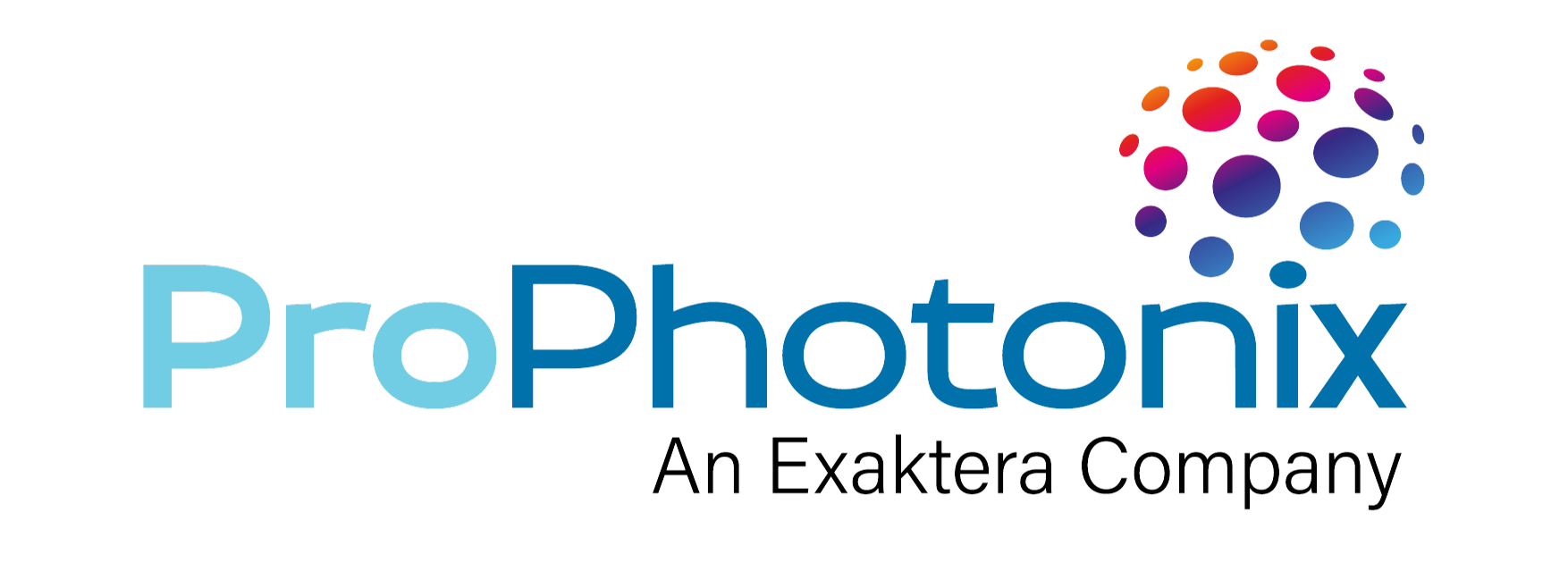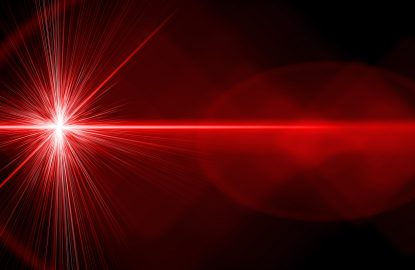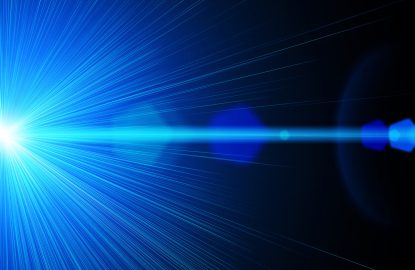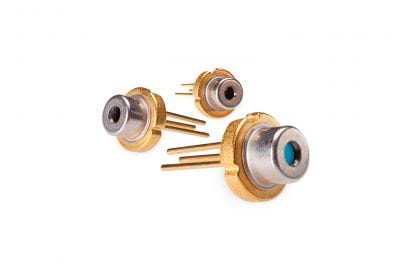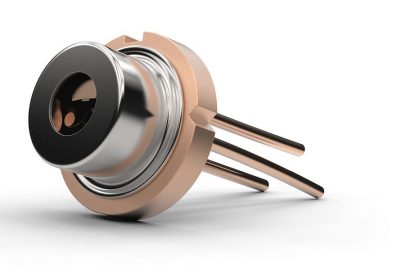What is a Laser diode?
A laser diode is a laser where the active medium is a semiconductor similar to that found in a light-emitting diode1. The most common type of laser diode is formed from a p-n junction and powered by injected electric current. A laser diode is formed by doping a very thin layer on the surface of a crystal wafer. The crystal is doped to produce an n-type region and a p-type region, one above the other, resulting in a p–n junction, or diode.
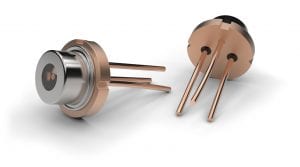
Laser Diode Types
When selecting a driver circuit to operate and control the laser diode the configuration of the laser diode must be taken into account. In general, there are four types of laser diode configuration: p-type, n-type, m-type and z-type. Depending on the configuration of the laser diode chosen an optimized driver circuit is required. P-type laser diodes require a driver circuit with an output from a positive supply voltage while an n-type laser diodes require a driver circuit with an output from a negative supply voltage. Both have internal photodiodes which can be utilized to control variation in the output power. An M-type diode must have a separately generated reference to cater for its internal photodiode’s feedback signal. Z-type laser diodes are diodes without internal photodiodes present.
Driving Laser Diodes
By their nature, laser diodes are relatively inefficient. This inefficiency becomes more acute with higher-powered diodes so that thermal management of the diode and the diode package becomes critical for safe and reliable operation. The output power and wavelength varies with case temperature so the primary job to be done by the circuit is control of the output power. P, N and M –type laser diodes all have internal back facet photodiodes which are part of the optical feedback path and are primarily used to control the output power. Z-type are run primarily using current feedback only. This is acceptable for low power laser diodes, however, for higher power diodes, other control techniques (temperature embedded microcontroller, etc.) are required to maintain safe and reliable operation.
Outside of power management, certain applications require more complex driver design. For example, some specifications require tighter control on power variation than normal, some applications require the ability to strobe and some require the ability to vary the current so the output power can be modified.
To see the full range of Laser Diodes available from ProPhotonix to suit your requirements, visit our Laser Diode Selector:
Visit Laser Diode Selector
- https://www.princeton.edu/~achaney/tmve/wiki100k/docs/Laser_diode.html
ProPhotonix is a leading designer and manufacturer of Laser Diodes, Laser Modules, UV LED Curing Systems, LED Products, and UVC LED Disinfection Systems. Contact us for free expert advice on selecting the optimal solution for your system.
